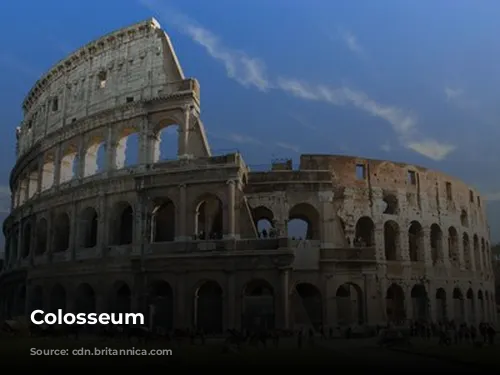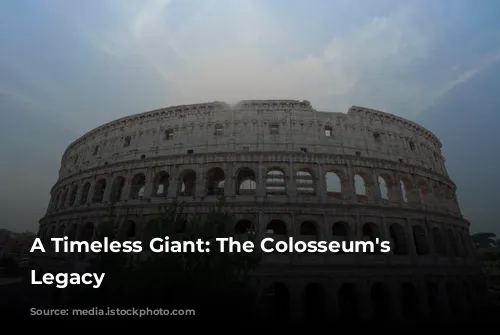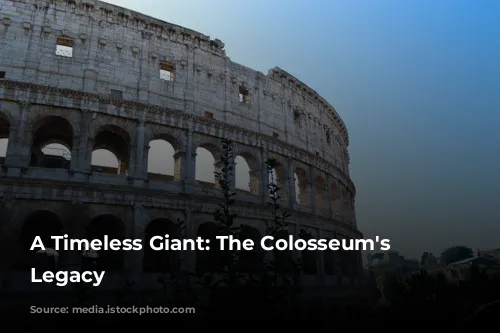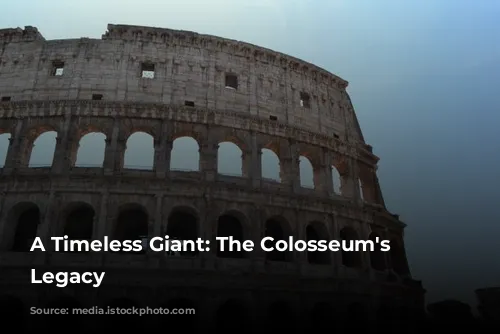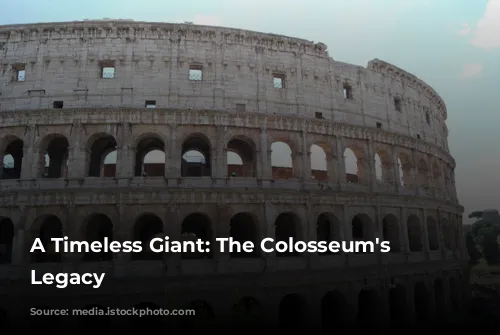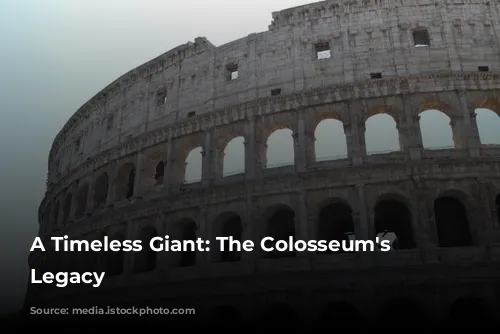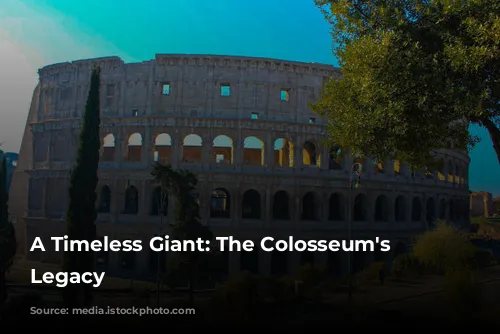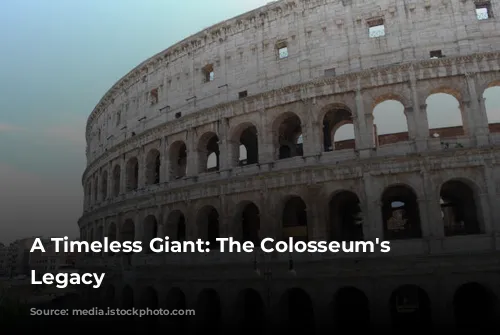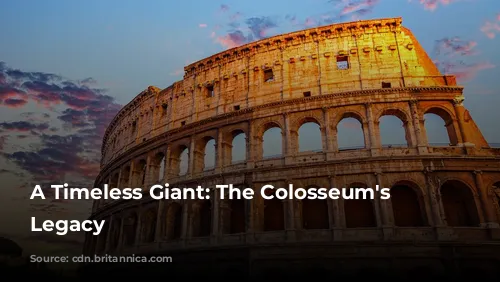Standing tall as a testament to ancient Rome’s architectural brilliance, the Colosseum is not just a ruin but a vibrant symbol of the city’s glorious past. The Colosseum, a masterpiece of engineering and design, is more than just a historical landmark – it’s a major economic driver for Italy. In 2018, the Colosseum, along with the Roman Forum and Palatine Hill, drew in over $63.3 million (€53.8 million), solidifying its position as Italy’s top tourist attraction.
A Monument’s Turbulent Past
The Colosseum’s story is one of resilience, reflecting the tumultuous history of the Roman Empire. After the fall of the Western Roman Empire, the Colosseum fell into disrepair, becoming a forgotten relic of a bygone era. For centuries, it was repurposed, first as a fortress by powerful families and then as a quarry, stripped of its precious materials. Only in the 1990s, after over a thousand years of neglect, did state-funded restoration efforts breathe new life into the ancient monument.
Born From Imperial Ambitions
The Colosseum’s construction was a testament to the Flavian emperors’ vision for a revitalized Rome. Following the turbulent year of the four emperors in 69 CE, Emperor Vespasian sought to restore Rome’s grandeur. Like other amphitheatres, the Colosseum was intended as a spectacular venue for public entertainment, hosting gladiatorial combats, thrilling animal hunts, and even elaborate mock naval battles.
A Colossal Project
The Colosseum was a monumental undertaking, built by enslaved Jewish laborers from Judaea. Work began under Vespasian between 70 and 72 CE, with the completed structure dedicated in 80 CE by his son and successor, Titus. The Colosseum’s fourth story was added by Emperor Domitian in 82 CE. Funding for this colossal project came from the spoils of war – Titus’s plunder from the sack of Jerusalem in 70 CE.
A Marvel of Roman Engineering
The Colosseum is an elliptical structure, a true marvel of Roman engineering, built with stone, concrete, and tuff. Standing four stories high, it measures an impressive 620 by 513 feet (189 by 156 meters), capable of accommodating up to 50,000 spectators. Famous for its gladiatorial combats, the Colosseum was a testament to the Roman Empire’s power and influence.
A Symbol of Imperial Power
The Colosseum’s construction was not just about entertainment; it was a statement of power. Emperor Vespasian, whose rise to the throne was marked by humble beginnings, chose to replace the tyrannical Nero’s private lake with a public amphitheater, demonstrating his commitment to the Roman people. This symbolic gesture highlighted the emperors’ desire to connect with the populace and solidify their rule.
A Unique Structure of Innovation
The Colosseum stands out from other amphitheatres as a freestanding structure, a testament to Roman engineering ingenuity. Unlike its predecessors, which were often dug into hillsides for support, the Colosseum was constructed entirely of stone and concrete, featuring a complex system of barrel and groin vaults. Its facade boasts three levels of arcades, framed by engaged columns in the Doric, Ionic, and Corinthian orders, a design that would later influence Renaissance architecture.
A Stage for Spectacle
The Colosseum was more than just a building; it was a stage for thrilling spectacles. The massive retractable velarium (awning) protected spectators from the sun, its rigging manipulated by hundreds of Roman sailors. The arena witnessed countless gladiatorial combats, animal hunts, and even elaborate mock naval battles, offering a glimpse into the entertainment of ancient Rome. While it is uncertain whether the Colosseum was the site of early Christian martyrs, its significance as a symbol of Roman power and spectacle remains undeniable.
A Monument’s Resurrection
The Colosseum, despite its age and tumultuous past, continues to captivate the world. After centuries of neglect and repurposing, the Colosseum has undergone a remarkable resurgence. From its use as a church and fortress to its period as a quarry, the monument has endured a long and fascinating journey. In the 19th century, preservation efforts began in earnest, culminating in a major restoration project in the 1990s. Today, the Colosseum remains a major tourist attraction, attracting millions of visitors annually, offering a glimpse into the grandeur of ancient Rome.
Standing as a timeless giant, the Colosseum endures as a testament to the ingenuity and resilience of the Roman Empire. It is a reminder of a glorious past, a beacon of history, and a captivating destination for generations to come.


